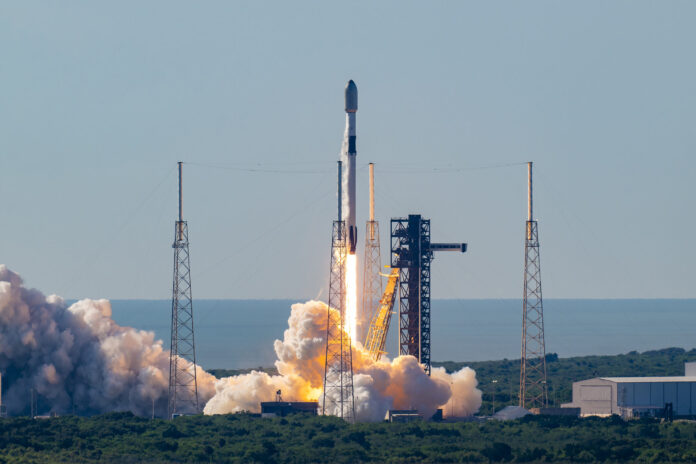SpaceX Gets Green Light for Starlink Upgrade
SpaceX can now start replacing its old Starlink satellites with bigger ones to boost internet service.
The Federal Communications Commission (FCC) gave SpaceX permission to update the 4,408 Gen1 satellites currently in low Earth orbit (LEO).
This change lets SpaceX use new technology from their Gen2 satellites, which have a separate license for up to 7,500 more satellites in LEO.
There are 6,325 Starlink satellites orbiting since 2019, according to astrophysicist Jonathan McDowell. This includes 4,216 Gen1 satellites with about five years of operational life.
Overall, SpaceX has launched over 6,800 Starlink satellites and aims to add nearly 30,000 Gen2 ones.
The FCC’s decision allows SpaceX to use improved beam-forming and digital processing tools, providing internet with narrower beams.
Using narrower beams means frequencies are used more efficiently, which boosts network capacity.
Right now, Gen1 satellites weigh about 300 kilograms, while the largest Gen2 ones weigh around 800 kilograms. In the future, Gen2 satellites could weigh as much as 2,000 kilograms with the new Starship rocket.
SpaceX also wants to launch bigger Gen1 satellites with two different designs: one for Falcon 9 rockets and another for Starship.
We think it’s pretty cool that SpaceX keeps pushing the limits of technology.
Dish Network was worried these changes might mess with other communication systems and asked the FCC to stop SpaceX’s request.
The TV broadcaster said smaller beams could break satellite power rules, but the FCC didn’t agree.
“With this modification, SpaceX will utilize advanced beam-forming technology, which will allow for narrow, more focused pointing to ground stations,” the FCC said.
The FCC added that the focused beams help SpaceX follow rules about not using the same frequency for multiple satellite beams in one area.
SpaceX must also work with the National Science Foundation to reduce the impact of satellites on ground-based astronomy.
